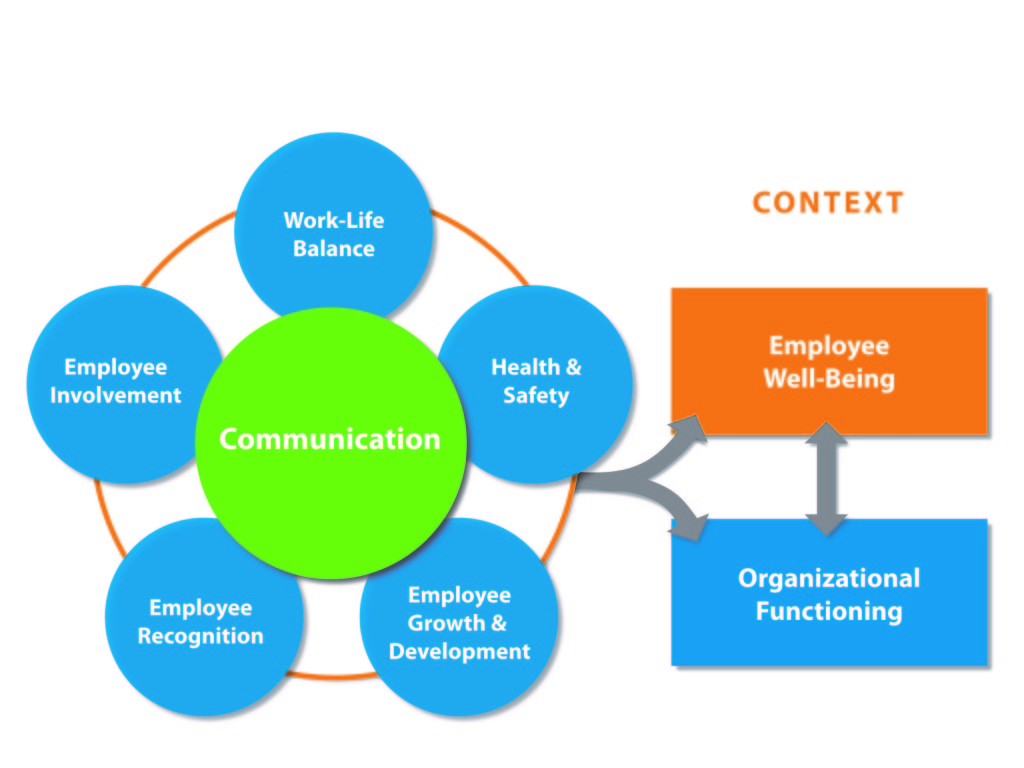While we know that wellness programs are vital to employee performance and overall well-being, we are also coming to realize that perceptions of how wellness is supported by leaders can be equally influential. In a recent Wednesday Webinar with HERO, Dr. David Ballard from the American Psychological Association discussed how organizational support influences health and the importance of understanding how perceptions can alter engagement.
An annual survey of the U.S. workforce gives detail on how employee perception of leadership support for wellness programs influences employee job satisfaction and even their own participation in the programs. Dr. Ballard also demonstrated how this survey data can be misleading. For example, when asked about job satisfaction in the general sense, 7 out of 10 people say they are satisfied with their jobs. But, if you get into specifics such as whether a job provides sufficient growth and development opportunities, only 50% say they are satisfied with the opportunities provided.
The same can be said for employees’ sense of trust and fairness in their companies. Based on the same survey, 2/3 of employees feel they are treated fairly by their employer, but 1/5 say they flat out don’t trust their employer. According to Dr. Ballard, fairness and trust strongly influence other factors such as job performance and motivation, and “Even if you’re doing everything right, if your employees don’t trust you, you may not get the outcomes you’re hoping for.” These discrepancies can be seen throughout the survey. In the general sense, employees often report that they are happy with their place of employment, but their perceptions of specific issues tend not to support those claims.
©American Psychological Association. 2015. All rights reserved.
Dr. Ballard also directed us to the above Psychologically Healthy Workplace model, which illustrates how health and well-being affect organization functioning. Based on the model, communication is central. Many organizations focus on health and safety, but all of these areas are equally important. Surrounding these is context, which includes things such as organization culture, resources, technology and management philosophy. Perhaps the most important thing to understand, Dr. Ballard said, is that this model has to be customized to the needs of each organization and their employees.
We then asked our audience about their organizations’ approaches to communications with employees and whether they are focused on business results, promoting well-being, or whether the two are well-integrated. 36% responded that their communications are focused on business results and promoting well-being is supplementary. 23% said their communications pay equal attention to the two, but 0% said that communications about business performance and employee well-being are fully integrated. According to Dr. Ballard, in an ideal world, communications would be fully integrated, focusing equally on workplace health and well-being and business functioning.
Historically, wellness has been seen as the responsibility of the individual. While personal investment is important, Dr. Ballard said significant changes are unrealistic without the support of the organization. Each side becomes more effective when there is shared responsibility. It turns out that providing a wellness program isn’t enough; if employees don’t believe leadership truly wants them to be healthier and that leadership is fully invested in their well-being, engagement in wellness programs and job satisfaction will suffer.
HERO members can view a recording of this webinar in our members only Resource Library.
